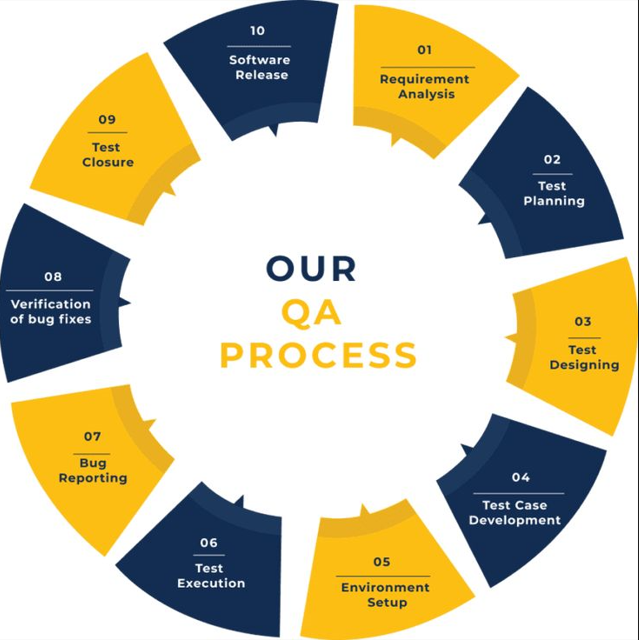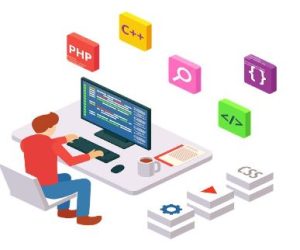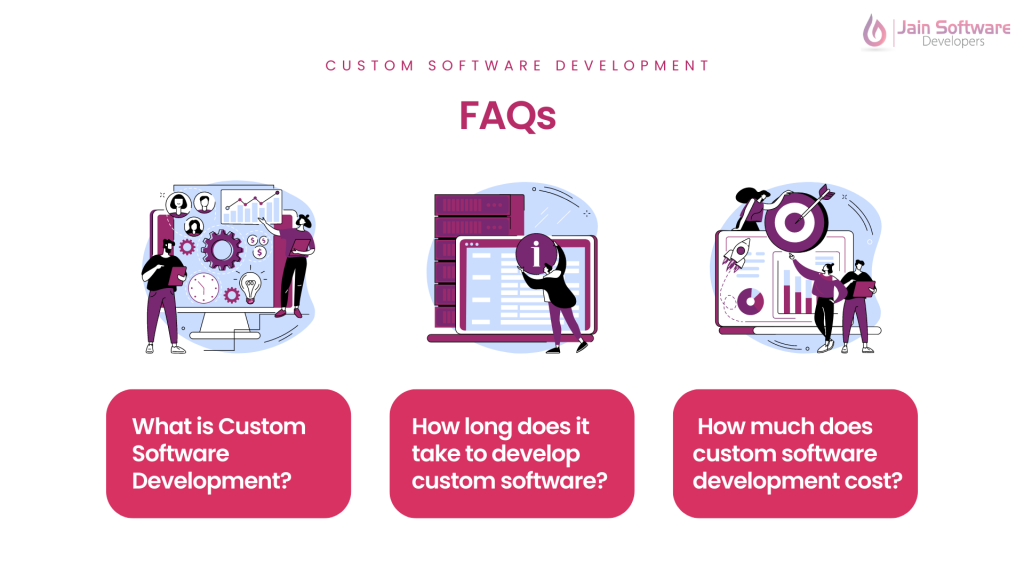Best Practices for Software Quality Assurance
In Official BlogIntroduction:
Software Quality Assurance (SQA) is an essential role when developing software in a world where innovation and agility are key. meeting software quality standards at the highest level is not only best practice but an essential thing for providing a reliable, easy to use and competitive product. In this tech blog, we are going to discuss the must-know best practices for Software Quality Assurance from planning and testing through continuous improvement.
1. Comprehensive Test Planning:
Careful test planning forms the cornerstone of effective Software Quality Assurance. Before writing any code, clearly defined objectives requirements and test scenarios should be set up. A good test plan will act as a roadmap of the testing process and allow for each aspect of software to be inspected.
2. Early Involvement in the Development Lifecycle:
Development process should be integrated with quality assurance from the very beginning. Specialized QAs should work with product developers, designers and other concerned parties from the very beginning of project development this will enable QA professionals to know requirements better; share their insights and identify areas that may lead to problems sooner rather than later. This early intervention helps in avoiding problems instead of just identifying them after they have already occurred.
3. Automation for Efficiency:
Software Quality Assurance is an important practice that involves test automation significantly improving efficiency. Automating repetitive and time-consuming test cases would enable quicker implementation, better coverage, and more reliable outcomes. Continuous integration with automating testing means that each code change will be validated instantaneously, thus minimizing the risk of regressions.
4. Risk-Based Testing:
Risk-based testing is fundamental. Find weaknesses in the software, estimate possible impact and direct testing funds. This approach guarantees deep testing of high-risk functionalities thus reducing chances for critical issues penetrating into production.
5. Performance Testing and Scalability:
In addition to functional testing, software also needs performance testing in order to ensure that it can handle the anticipated loads and be responsive under pressure. Scalability testing is also very important for applications that are likely to grow because it verifies whether the system can handle extra demands without compromising performance.
6. User-Centric Testing:
Understanding the end-user experience is pivotal to Software Quality Assurance. Conduct usability testing, accessibility tests and get user feedbacks for the software to be sure that it lives up to their expectation. Software quality is an important indicator of a positive user experience.
7. Continuous Integration and Continuous Deployment (CI/CD):
Utilize CI/CD pipelines to automate the processes of integration and deployment. This practice ensures that changes are frequently folded into the main codebase, minimizing integration problems and facilitating quicker more dependable releases.
8. Traceability and Documentation:
Ensure that there is a link between requirements, test cases and defects. Comprehensive documentation helps everyone involved in the project get acquainted with the testing process so that it is much more feasible to point out gaps, trace progress and keep a clean record of all stages.
9. Security Testing:
As the threats to security evolve, SQA has made security testing an important component. One should also conduct comprehensive security assessments including vulnerability scanning, penetration testing and code reviews to locate different potential risks.
10. Collaborative Approach:
css
Encourage cooperation between development, testing, and operations teams. Collaborative approach fosters common consensus about the project goals, increases communication and keeps in mind all spheres of software quality throughout its lifecycle.
11. Adherence to Coding Standards:
css-
Implement and apply code standards to guarantee the consistency, comprehensibility, and manageability of a codebase. Following coding guidelines eases the testing activities, lowers defects likelihood and makes collaboration among team members smooth.
12. Regression Testing:
vbnet-
Establish a strong strategy for regression testing to ensure that new changes in code do not have negative impacts on existing functionalities. Automated regression testing works well in ensuring that updates or modifications do not introduce unintended consequences.
13. Continuous Learning and Improvement:
sql-
Develop a culture of continuous improvement among the SQA team. Review processes regularly, gather feedback from team members and do not miss out on new best practices or technologies in the industry. SQA practices will remain relevant and effective through continuous learning.
14. Metrics and Reporting:
vbnet-
Set up critical performance indicators to gauge the success of testing. Defect density, test coverage and pass rates are useful metrics to understand the overall quality of software. Prepare reports regularly to convey progress and different areas that need enhancement.
15. Environment Management:
rust-
Ensuring reliable testing is also very important and depends on efficient management of testing environments. Make test environments as similar to production as is feasible, so that a wide range of scenarios can be tested accurately and the likelihood of environment-specific issues drops.
Conclusion-
The strict rigor of Software Quality Assurance (SQA) is thus a crucial part of today’s software development, guaranteeing the exceptional nature to every letter written. The above outlined best practices holistically constitute a complete framework that not only improves the quality of software but also creates an environment for continuous improvement among development teams.
SQA professionals establish the solid foundation for reliable and robust software through comprehensive test planning, early engagement in the development lifecycle process, automated testing integration. The focus on risk-based testing guarantees that activities are directed ratioinally towards areas with the greatest potential to cause significant problems, thus reducing odds of major traumas occurring.
The inclusion of performance testing, scalability reviews and user-centric tests signifies the dedication to provide not only error-free software but also comfortable and intuitive for users. The adoption of Continuous Integration and Continuous Deployment (CI/CD) pipelines further speeds up the development lifecycle by allowing for fast, dependable releases that can keep pace with ever-changing market requirements.
A combined approach by development, testing and operations teams working together facilitates a common understanding about the purpose of a project with good communication. Adhering to coding standards, security testing and an effective regression testing strategy help ensure that the codebase is stable enough and secure.
An effective SQA culture is based on continuous learning and improvement. QA practices remain agile and responsive to the changing landscape of software development through regular reviews of processes, metrics analysis, and remaining up-to-date with industry trends or emergence
On the other hand, efficient environment management ensures that for testing environments they are usually similar to production thereby reducing chances of unplanned issues arising in live deployment.
To summarize, the Software Quality Assurance best practices as discussed are not just guidelines; it is a commitment to ensuring that software meets users’ expectations and even more. With technology developing, SQA role is gaining more importance since it helps in keeping software as a reliable asset that drives the success and growth of companies from different sectors.
By adopting these best practices, development teams will be able to create a robust basis for the quality of software and win end users’ trust as well as stakeholders. Through the hard work of implementing SQA principles, organizations not only guarantee quality in every line but also gown upwards to become technological leaders within always dynamically changing space.










